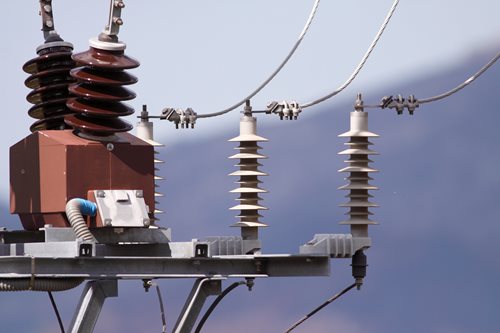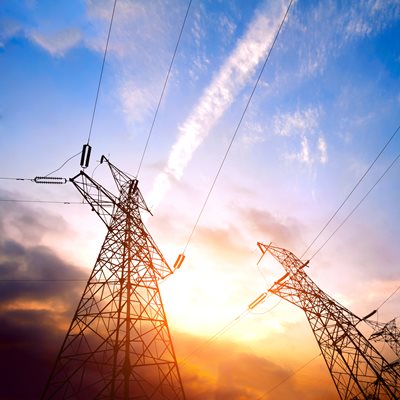Integrating Surge Arrestors Into Used Generator Configuration
What is a surge arrester?
A surge arrester is a protective device designed to limit voltages on industrial generators by discharging or bypassing the surge current. The surge arrestor helps prevent continued flow to the ground current. This device does not absorb lighting nor stop lighting, which is a common reasons for power grid surges. Rather, the device diverts the lighting strike, limits the industrial generator voltage, and protects the installed generator.
There are many applications for surge arresters. Examples include protecting a utility substation, data center power grind, or a residential home. Surge arresters are installed on the used generator’s circuit breakers, inside pad mounted transformers or on pole-mounted riser poles at substations.
Standards for surge arresters are defined by IEEE standard C62.11 and IEC standard 60099-4.
Why are surge arresters installed on used industrial generators?
Power surges can be extremely damaging to electronic equipment (commonly found in used industrial generators) which means it’s important to take precautionary actions in order to avoid them.
Every piece of electronic equipment in an industrial environment is subject to random power surges which can adversely affect your industrial generator. Thus, in order to protect said electronic equipment from surges, companies are installing surge protection devices such as surge arresters. These surge protection devices (SPDs) are installed either at the main circuit breaker or at the brand circuit breaker depending on the equipment’s rating.
Integration of SPDs on used industrial generators:
The generator industry has two methodologies concerning the integration of SPDs. One method involves connecting the SPD external to a power distribution panel. The second method is to integrate the SPD devices within motor control centers, switchboards, switchgear, panelboards, or VSDs. This second method helps to ensure the lowest clamping voltage resulting in the highest level of protection for the industrial generator.
Utility power lines across the nation will experience varying voltage surges while in operation. These voltage surges mainly come from lighting strikes which are quite common. Every second of everyday there are 100 lightning bolts striking somewhere on the Earth. That equates to 8 million per day and 3 billion each year. Each strike has the potential to hit an electric grid causing a voltage surge. A surge arrester is the device which helps protect the power supply from these strikes.
From an operational perspective, other sources of voltage surges may occur when switching surges. Overvoltages may occur when switches surges and are due to the operating conditions of the industrial generator system changing. Switching surges essentially traps the energy and subsequently releases the energy
Why are surge arresters in operation?
Every surge arrester must be able to withstand continuous power frequency voltage for which the arrester was designed to operate for. The surge arrester should discharge transient energy from the power system in the from of a current while simultaneously preventing the voltage on the used industrial generator from becoming excessive. This helps keep your used generator operating long term.
Please contact the team at Generator Source for any questions regarding surge arrester integration on your used industrial generator. We’re the nation's largest and longest running surplus and used industrial generator reseller. Our technicians have worked on every used industrial generator brand for the past 40 years! Please contact Generator Source today.
Source
Kyle Smith
| 5/24/2021 12:04:14 PM
|
0 comments